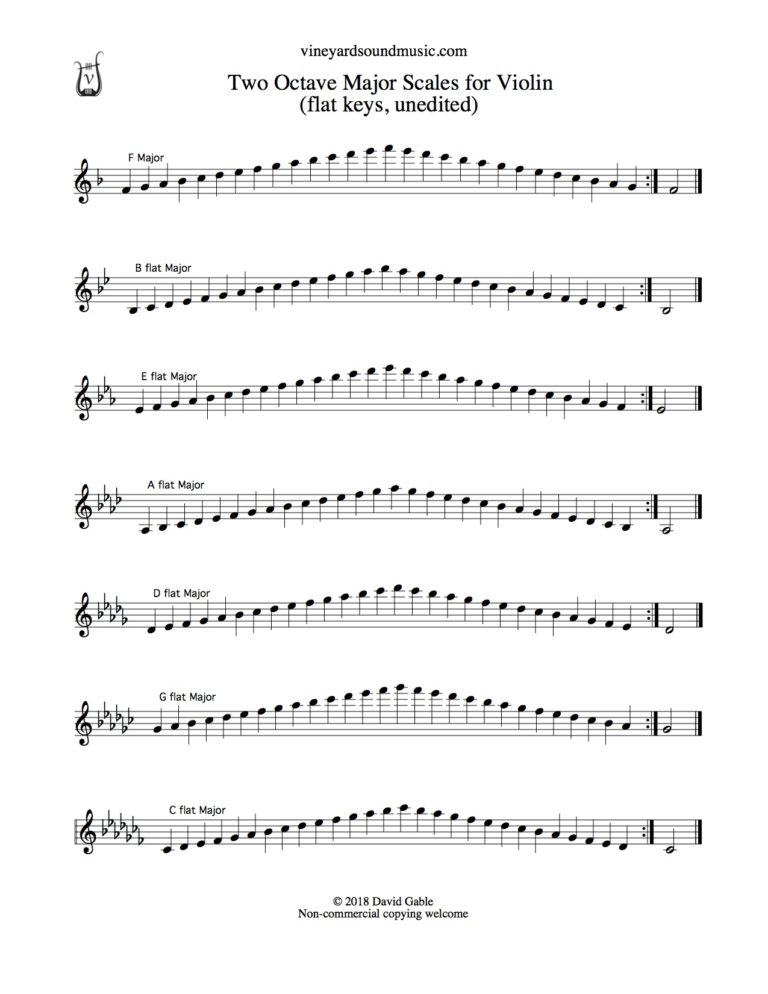

I was taught this method by my piano teacher. I chose this fingering by using a method that works on all scales that use a lot of black keys. Minor scales would use the same fingering. Thus, the fingerings would be the same sequence as written above, but in reverse. The scale is our colors laid out nicely in front of us.For A flat major, these are the fingerings I'd use:ĭescending scales would have the fingers placed in the same positions on the piano as the ascending scales. Instead of a landscape or a portrait we have a song or a piano piece and instead of colors we have notes. Want a weird or curious effect? Grab a note outside of the scale.īy picking and choosing which sets of notes we work with, the possibilities are endless! In this sense it’s very much like painting. Want to create excitement and build tension? Change the scale. Want to create a simple catchy tune? Use simpler intervals or fewer notes. If you can play a scale on the piano beautifully, imagine what you’d be able to do with a piece by Chopin!įor composers, the notes of a scale and especially the intervals between them give endless and unique possibilities for creating mood and character in music.

They allow us to practice very specific techniques and articulations without all the difficulty and the nuances that music from the repertoire demands.

The 12 Major Scalesįor instrumentalists scales are an opportunity to practice deeply. Here are all 12 major scales with their proper sharps and flats.

Or, for example, in F major we must flatten the note B to ensure that we get a half step between the third and fourth notes (A to B flat) rather than a whole step (A to B natural). This ensures that the last interval is a half step (F sharp to G) rather than a whole step (F to G). So what do we do to make sure that the WWHWWWH formula is the same no matter which note we start on? We use sharps and flats!Īs you’ll see below, for example, the G major scale requires that the F is sharpened. As we said, this is what gives the major scale its distinct character – changing the pattern would result in an entirely new scale. What’s very important is that the pattern of whole steps and half steps is always maintained. Since we have 12 different notes in the musical alphabet and the major scale can start on any of them, we get 12 major scales. The major scale pattern works just the same way if it starts on any other note.


 0 kommentar(er)
0 kommentar(er)
